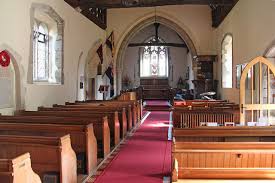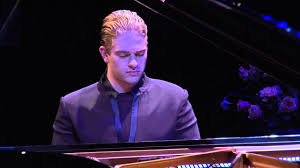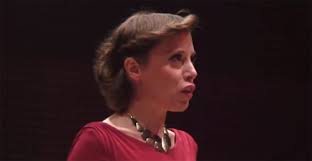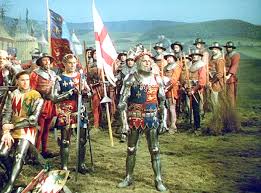The Weaver Dance Company with Barefoot Opera
St Mary in the Castle, Hastings, Sunday 26 February 2017
John Weaver is not a familiar name even to ballet enthusiasts but he is credited with creating the first modern narrative ballet for Drury Lane Theatre, three hundred years ago, in 1717. To celebrate this event, Barefoot Opera have combined forces with The Weaver Dance Company to recreate that occasion. In the early eighteenth century ballet was little more than an additional entertainment, or a filler between more exotic theatrical presentations, but Weaver brought together the enthusiasm and style of the French with the more popular approach of English dance to tell the familiar story of Venus and Mars.
However, there is a basic problem. Weaver wrote about the project in great detail but left behind neither the music nor the choreography, which has had to be skilfully recreated. Evelyn Nallen undertook the research on the score, devising a piece based on incidental music to plays of the early Georgian period, and Gilles Poirier recreated the choreography. All of this painstaking work came to fruition at St Mary in the Castle last Sunday evening.
When we eventually got to see the piece it was charmingly done, with Romain Arreghini a magnificently elegant Mars – mirroring the images of Louis XIV in full flow – and Chiara Vinci a gently coquettish Venus.
The trio of recorder, lute and cello made a fine sound within the welcoming acoustic of St Mary’s and it was good to hear the arrangement from Handel’s Water Music at the start of the evening.
All of the above would have been excellent in itself but there was a major problem in the organisation of the evening as a whole. The Loves of Mars and Venus lasts scarcely half-an-hour. How to make it into an evening’s entertainment? Billed simply as a ballet, we were expecting just that but in the event the presentation spent far longer giving us the historical background than it did the ballet itself. Added to this, the failure to provide any adequate PA system meant that the majority of what was said for the first thirty-five minutes went unheard. Jenny Miller came to the rescue and gave us a precis of the text from the two speakers but this was not, unfortunately, the end.
Instead of the ballet starting at this point we had yet another acted introduction from John Weaver himself. In the event we had three introductions lasting almost an hour before a performance of less than half!
This was a pity, as the quality of the music and dance was not in question, and the research involved was fully justified. John Weaver deserves the credit for what he created, but he equally deserves a more professional approach than he got on this occasion.









